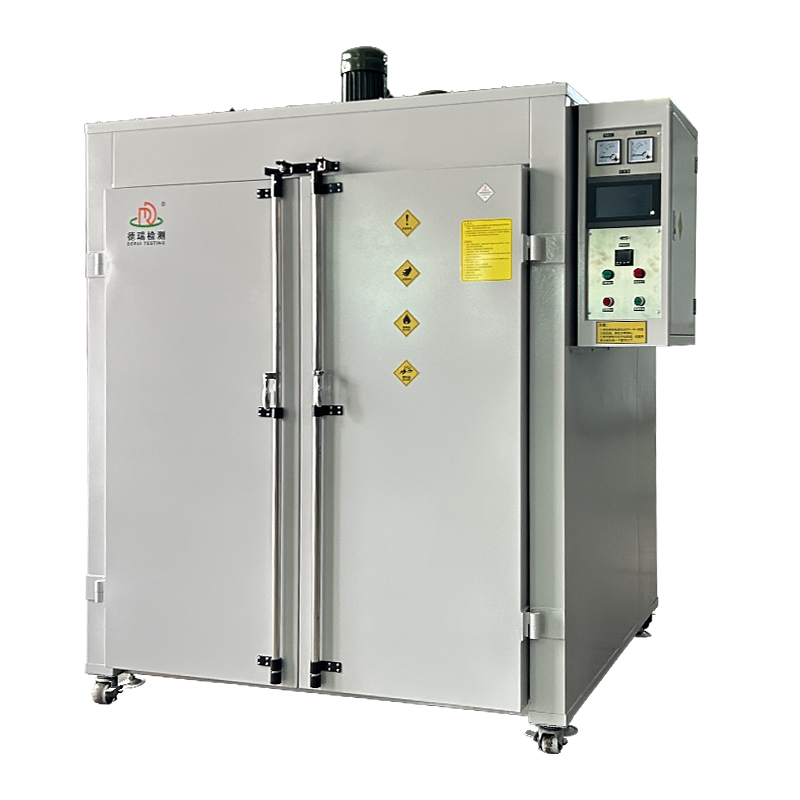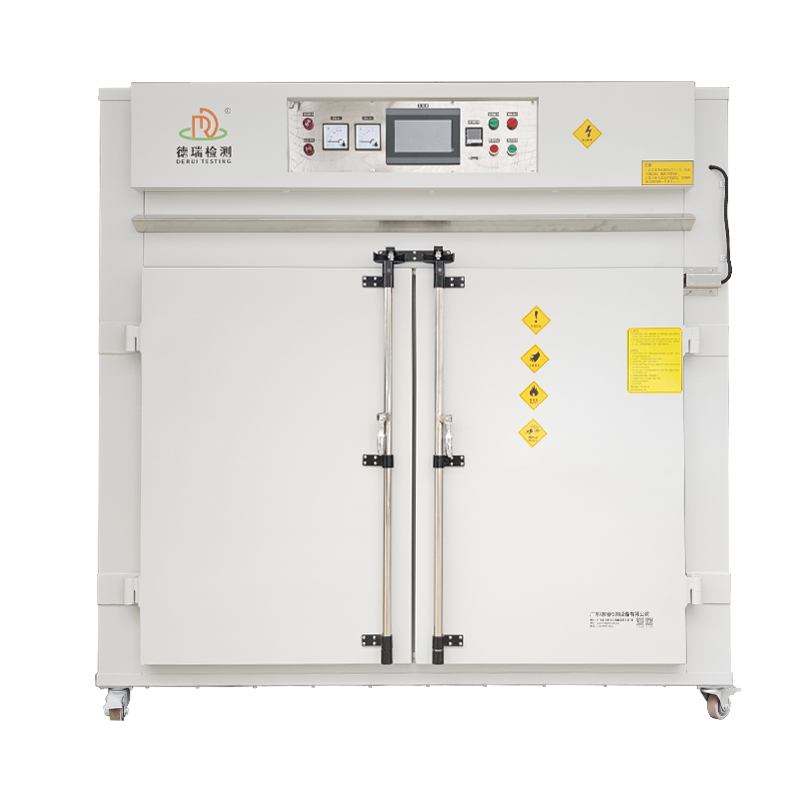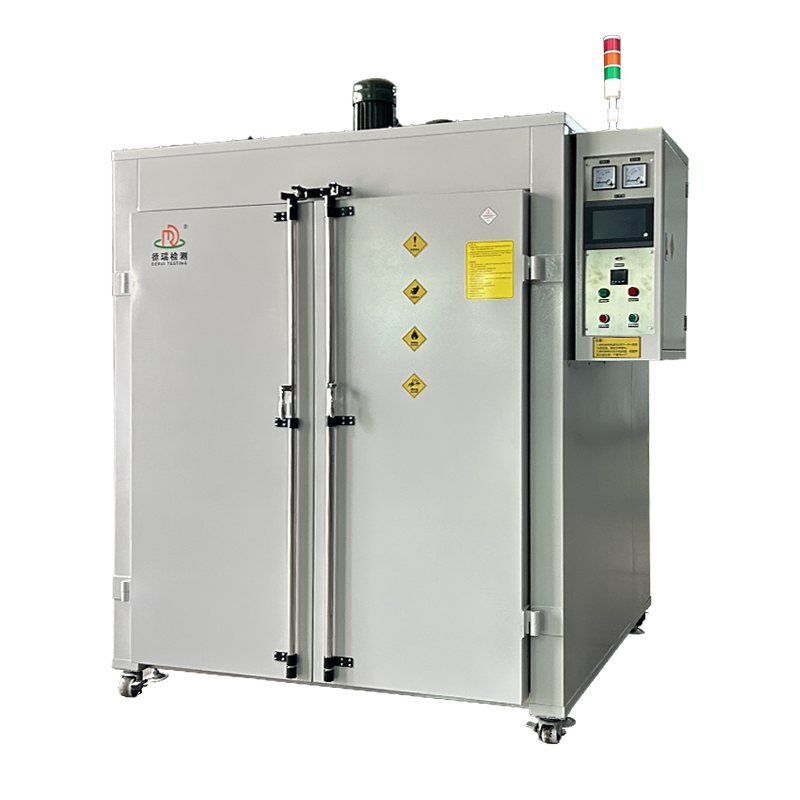Welcome!


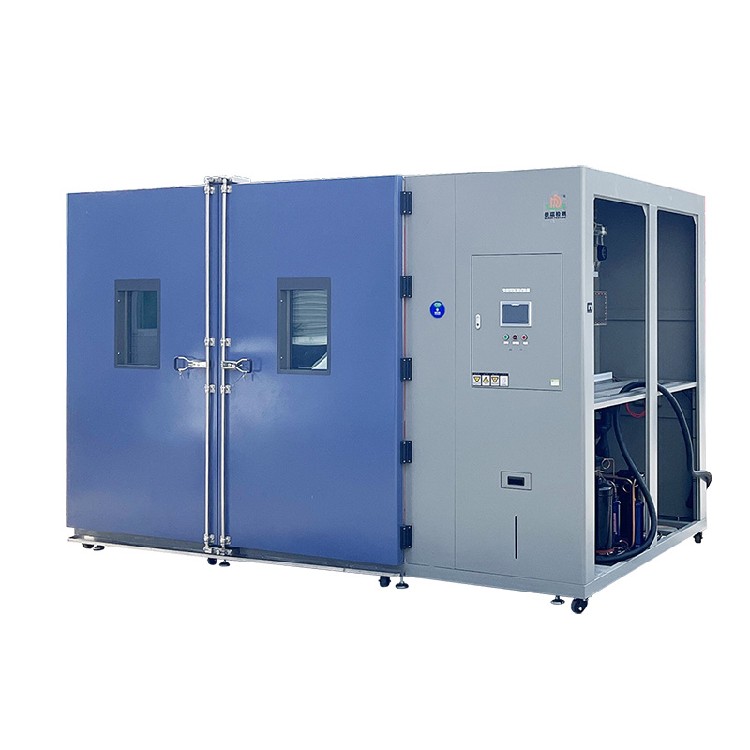



Large walk-in high-low temperature test chamber
Basic Info
| Humidity Range | 20% RH to 98% RH (or customized) | Internal Dimensions Custom sizes | 3000mm (W) × 2000mm (D) × 2500mm (H) | Model | DR-H202 |
|---|---|---|---|---|---|
| Power Supply | 380V, 50Hz (or customizable depending on region) | Temperature Range | -40°C to +150°C (or customized) | Temperature Uniformity | ±2°C |
| test Chamber Volume | 8m³,10m³, 20m³, 30m³ (customizable) | ||||
Product Description
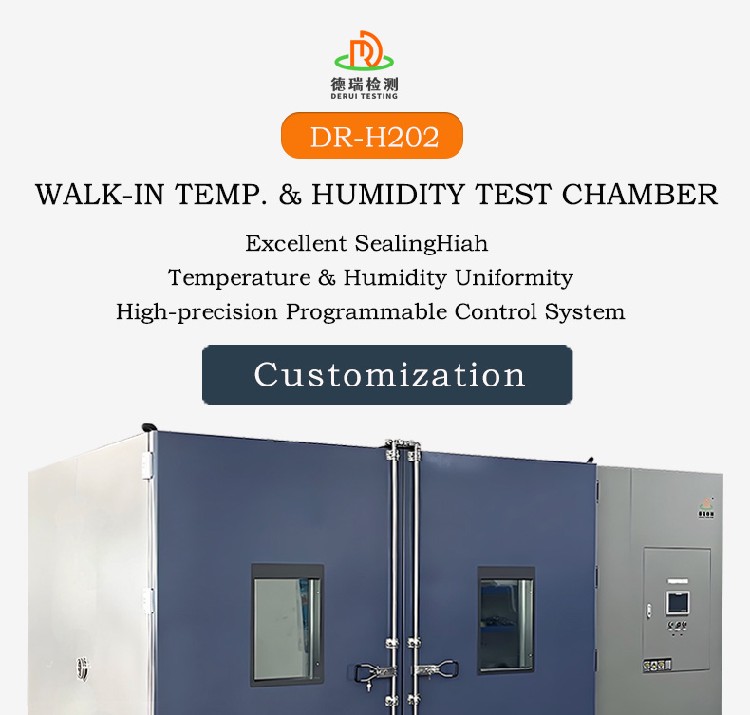
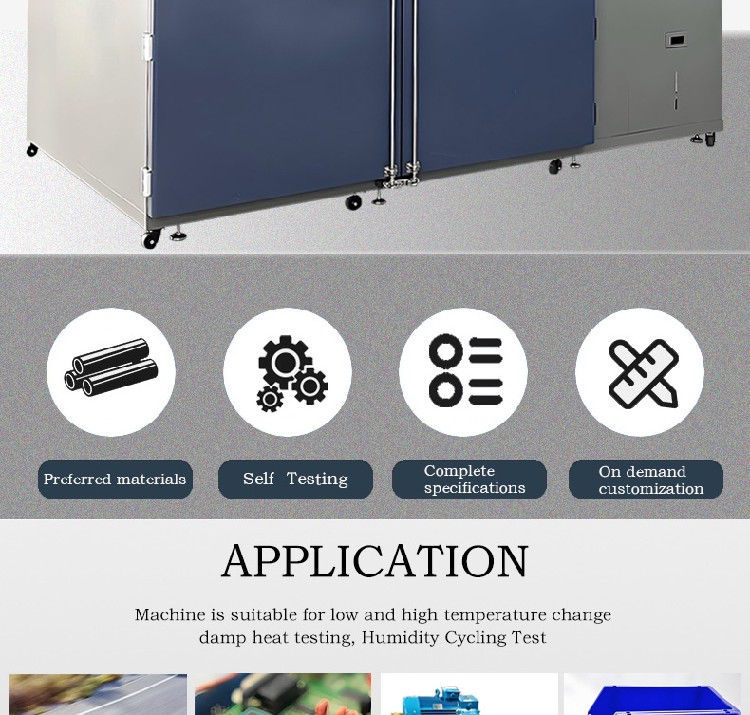

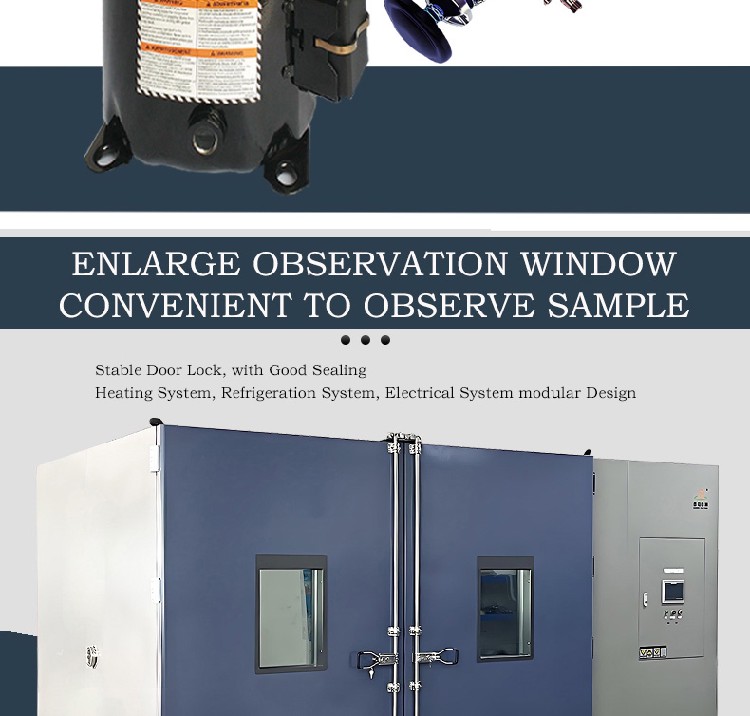
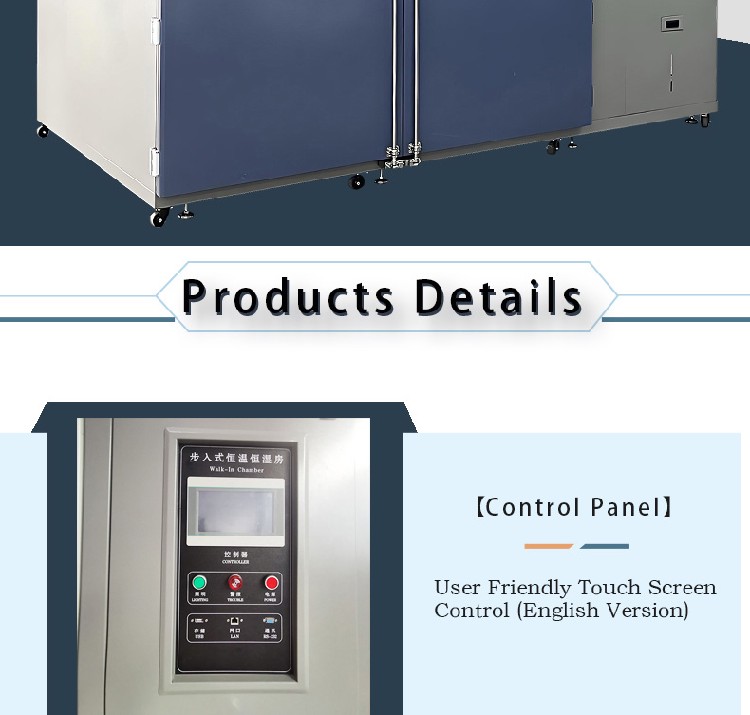
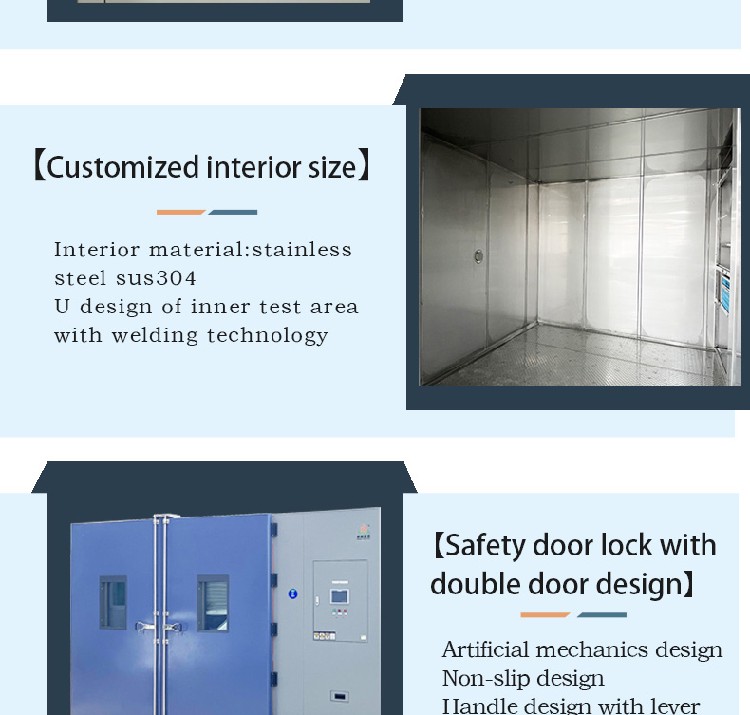
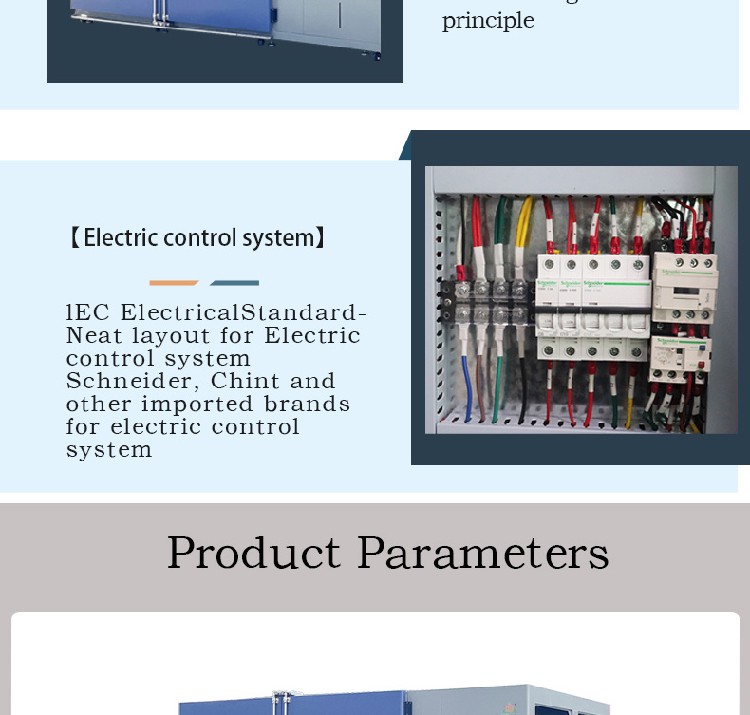
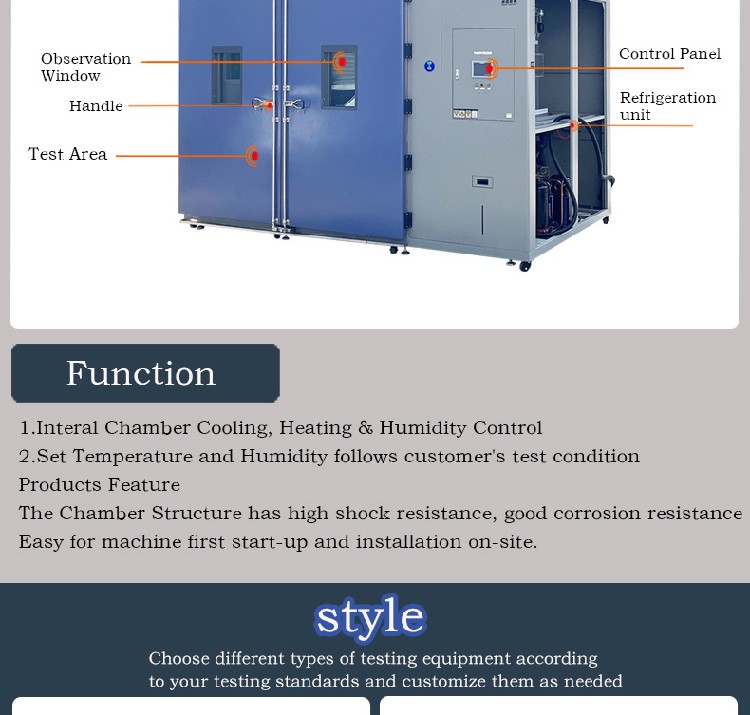
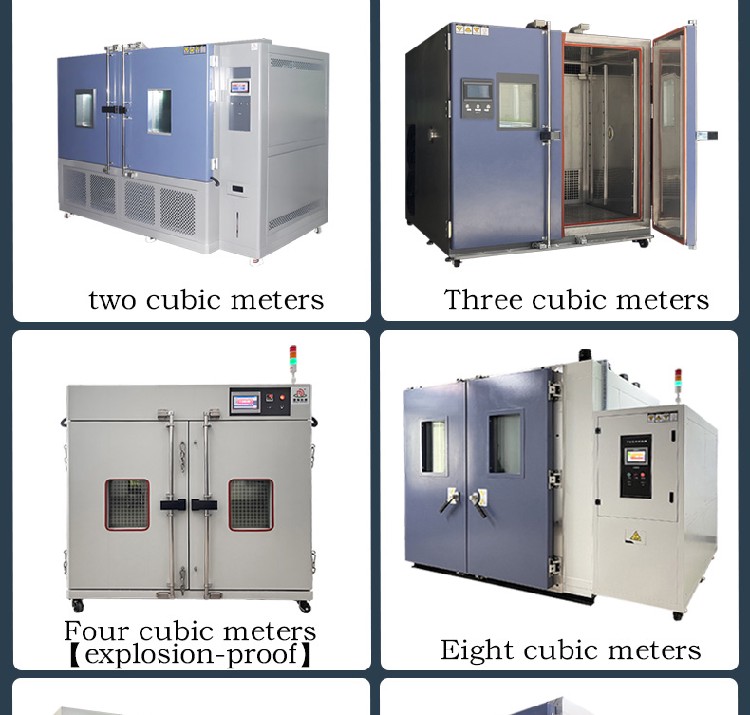
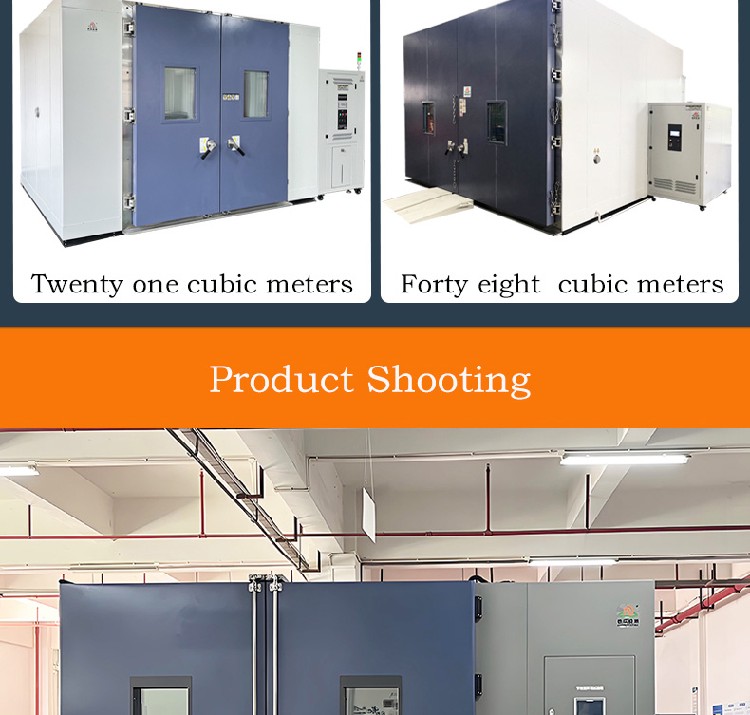
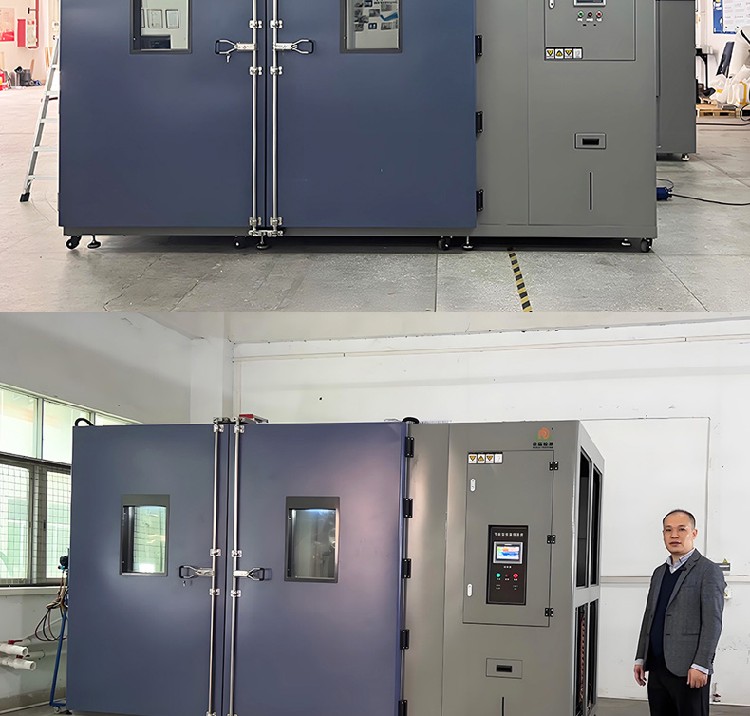
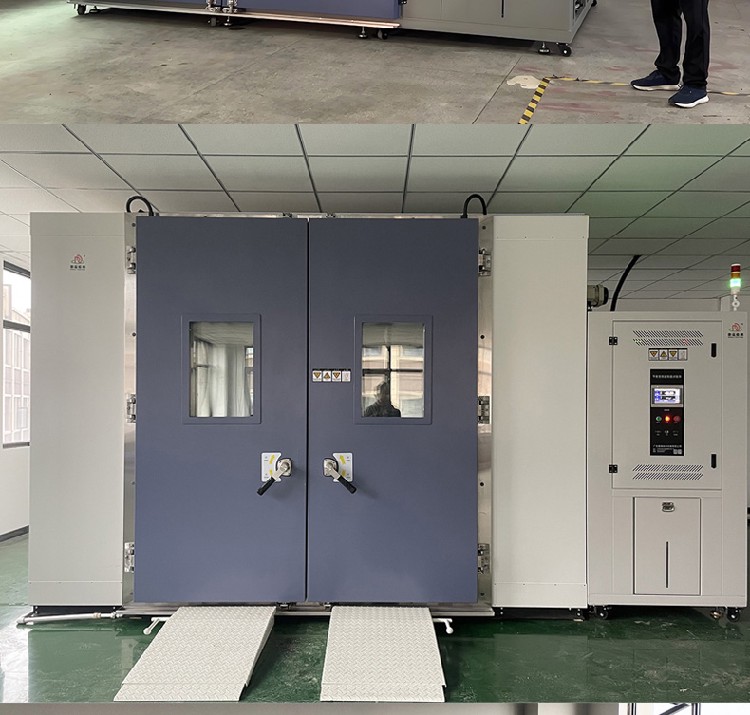
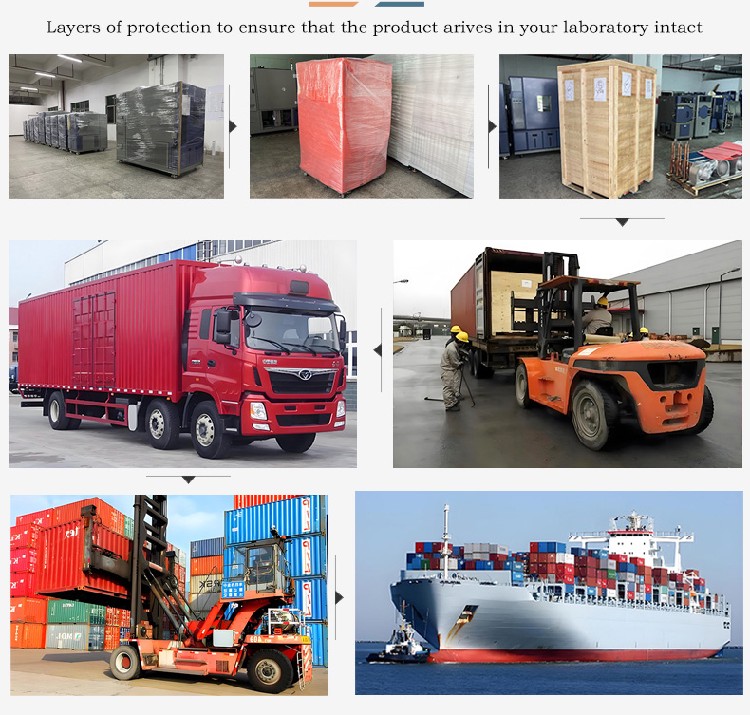
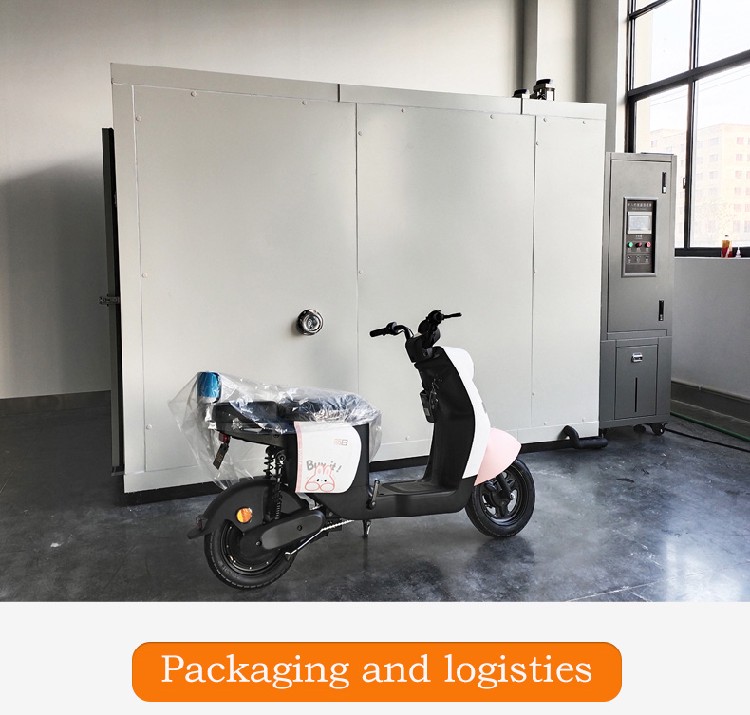
Large Walk-In High-Low Temperature Test Chamber
A Large Walk-In High-Low Temperature Test Chamber is designed to simulate extreme temperature conditions for testing the durability, performance, and reliability of large components, assemblies, or products. These chambers are typically used in industries such as aerospace, automotive, electronics, and manufacturing, where products of significant size need to be tested under controlled environmental conditions. Unlike standard test chambers, walk-in models allow for easy access to larger test samples and provide more spacious testing environments.
Product Features
- Temperature Control:Wide Temperature Range: These chambers can operate in a wide temperature range, typically from -70°C to +180°C (some models can reach -100°C to +250°C), allowing for comprehensive high and low-temperature testing.Precision Temperature Control: Equipped with advanced temperature control systems to maintain stable and uniform temperature across the chamber, ensuring consistent testing conditions for all test samples.Fast Temperature Cycling: Designed for rapid temperature cycling, allowing products to be exposed to rapid shifts from extreme cold to hot temperatures, simulating real-world environmental changes like weather fluctuations.
- Large Walk-In Capacity:Spacious Design: These chambers feature large internal spaces, ranging from several cubic meters to tens of cubic meters. This design enables the testing of large components like aerospace parts, car bodies, electrical panels, large semiconductors, or even entire vehicles.Customizable Sizes: Many manufacturers offer customizable configurations to fit specific testing requirements, allowing for different interior volumes, access doors, and shelving systems to hold large or bulky items.Easy Access: The “walk-in” design includes large doors and easy access points, often including personnel doors for users to enter the chamber and place or remove test samples easily.
- Advanced Temperature Uniformity:Temperature Distribution: High-quality insulation and advanced airflow systems ensure even temperature distribution throughout the chamber. Multiple temperature sensors and forced-air circulation are typically used to prevent hotspots and ensure uniform conditions, especially in large spaces.Temperature Gradient Control: Some models offer the ability to program temperature gradients across different parts of the chamber to test products that may need exposure to varying temperatures within the same test.
- Energy Efficiency:Energy-Efficient Cooling and Heating Systems: Walk-in chambers are often equipped with high-efficiency cooling and heating systems to minimize operational costs, especially when large volumes of space are being conditioned to extreme temperatures.Insulated Construction: The chambers feature high-performance insulation materials to minimize heat loss or gain, improving both energy efficiency and temperature stability.
- Advanced Control and Monitoring Systems:User-Friendly Interface: Equipped with touchscreen control panels that allow users to set and monitor temperature parameters. Some systems also offer remote access for real-time monitoring and control.Programmable Test Profiles: The chamber can be programmed to run specific test cycles with customizable temperature ramps, hold times, and recovery periods, allowing for a variety of testing scenarios.Data Logging: Built-in data loggers record temperature conditions during the test, allowing for detailed analysis and reporting of the test results.
- Safety Features:Over-temperature Protection: The chambers are equipped with over-temperature protection systems to prevent overheating, with automatic shutdown or alarm features that activate if temperature limits are exceeded.Pressure Relief Systems: In case of failure or rapid temperature change, pressure relief systems are included to ensure safe operation and prevent chamber damage.Emergency Stop: An emergency stop button allows for quick shutdown in case of unexpected issues or emergencies during testing.
Product Characteristics
- High-Capacity Testing: Walk-in temperature test chambers are designed to test large products, components, or systems that cannot fit into smaller chambers. This makes them ideal for industries like aerospace, automotive, and electronics, where full-scale products need to undergo environmental simulation.
- Temperature Versatility: Capable of simulating both high-temperature (up to +250°C or more) and low-temperature (down to -100°C or lower) conditions, this chamber is versatile enough for a wide range of testing applications, from electronics to materials used in extreme environments.
- Realistic Environmental Simulation: These chambers are often used to simulate real-world conditions, such as testing products exposed to outdoor conditions, rapid thermal cycling, or intense temperature shifts encountered in transportation, storage, or in-service environments.
- Flexible Testing for Large Products: Walk-in chambers can accommodate large test samples like car parts, aerospace components, or heavy industrial equipment. It allows testing of full-scale prototypes to simulate how they will perform under temperature extremes.
- Long-Lasting Durability: Constructed from high-quality materials with durable insulation and weather-resistant finishes, these chambers are built to last and withstand the demands of frequent testing cycles in harsh temperature environments.
Usage Guidelines
- Pre-Test Setup:Ensure the chamber is clean and free of contaminants. Dust or moisture inside the chamber may affect temperature stability or the integrity of the test results.Position test samples properly to ensure they receive even exposure to temperature conditions. If applicable, ensure large samples are secured and will not shift during the test.
- Test Monitoring:During testing, monitor the chamber’s performance and data logging to ensure that it maintains the desired temperature range.Regularly check the condition of the cooling and heating elements to prevent any breakdowns, especially when the chamber operates under extreme conditions for extended periods.
- Data Logging and Analysis:Use the built-in data logging features to track temperature changes, ramp rates, and cycle times throughout the testing process. This data can be essential for later analysis, failure analysis, or product development purposes.After each test, review the test results to determine if the tested sample has passed or failed according to the established criteria.
- Maintenance:Perform routine maintenance on the chamber, including cleaning, filter replacements, and checking seals and gaskets for integrity.Keep the chamber well-ventilated and ensure no obstructions block airflow or the cooling system.
Installation Environment
- Room Size:Ensure the installation room can accommodate the chamber’s dimensions, including clearance for doors, air circulation, and personnel access. Space around the chamber should be sufficient for maintenance and safe operation.
- Power Requirements:The chamber will typically require a three-phase power supply (e.g., 380V/480V depending on the model) and sufficient amperage to support the cooling, heating, and control systems.Double-check the voltage and current ratings before installation to avoid power-related issues.
- Ambient Temperature:The chamber should be installed in an environment where ambient temperatures are stable and do not exceed the upper operating range of the chamber (usually around 40°C-45°C). This ensures the chamber operates within its intended parameters and maximizes cooling efficiency.
- Ventilation and Airflow:Ensure the installation area has adequate ventilation to maintain optimal airflow around the chamber. This helps regulate the temperature and prevents overheating, particularly in larger chambers where internal space requires significant cooling.
- Humidity Control:If the chamber includes humidity control, ensure the room has proper humidity levels and access to a reliable water source (depending on the system).
Conclusion
A Large Walk-In High-Low Temperature Test Chamber is ideal for testing large, full-scale products or assemblies that require exposure to extreme temperatures. These chambers are used in industries like aerospace, automotive, and electronics, where real-world environmental testing is critical for ensuring product reliability and durability. With spacious interiors, precise temperature control, and flexible testing configurations, walk-in chambers offer versatility and efficiency for accelerated product testing. However, their larger size and energy demands require careful installation and maintenance to ensure long-term performance.
Recommended Products
Recently Viewed
 Flexible Vertical Combustion Tester, Configurable to Your Testing Needs
Flexible Vertical Combustion Tester, Configurable to Your Testing Needs Vertical Combustion Tester Offering Tailored Solutions for Different Industries
Vertical Combustion Tester Offering Tailored Solutions for Different Industries Building Material Vertical Combustion Tester, Ensuring Fire Safety
Building Material Vertical Combustion Tester, Ensuring Fire Safety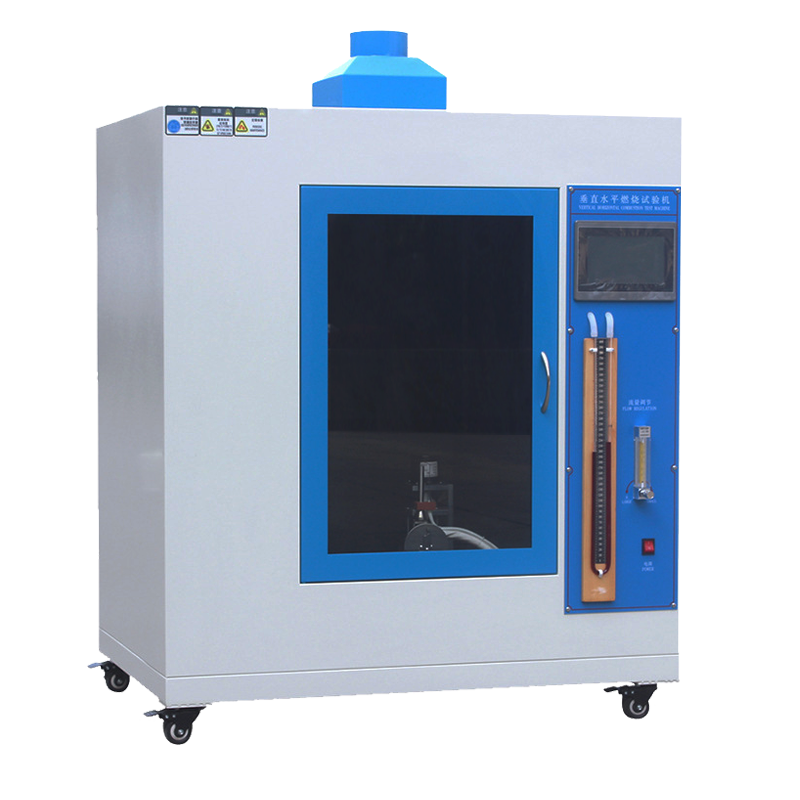 Vertical Combustion Tester, Providing Reliable Testing Results for Research and Development
Vertical Combustion Tester, Providing Reliable Testing Results for Research and Development Vertical Combustion Tester, Features Automatic Data Recording and Analysis
Vertical Combustion Tester, Features Automatic Data Recording and Analysis
Contact Us
Guangdong Derui Testing Equipment Co., Ltd.

